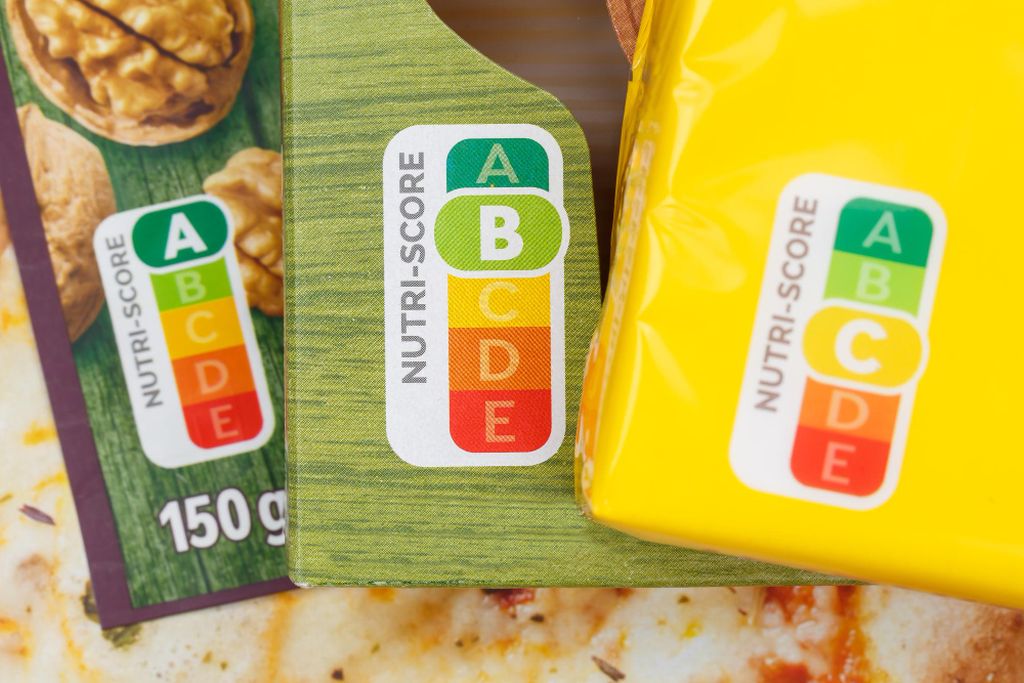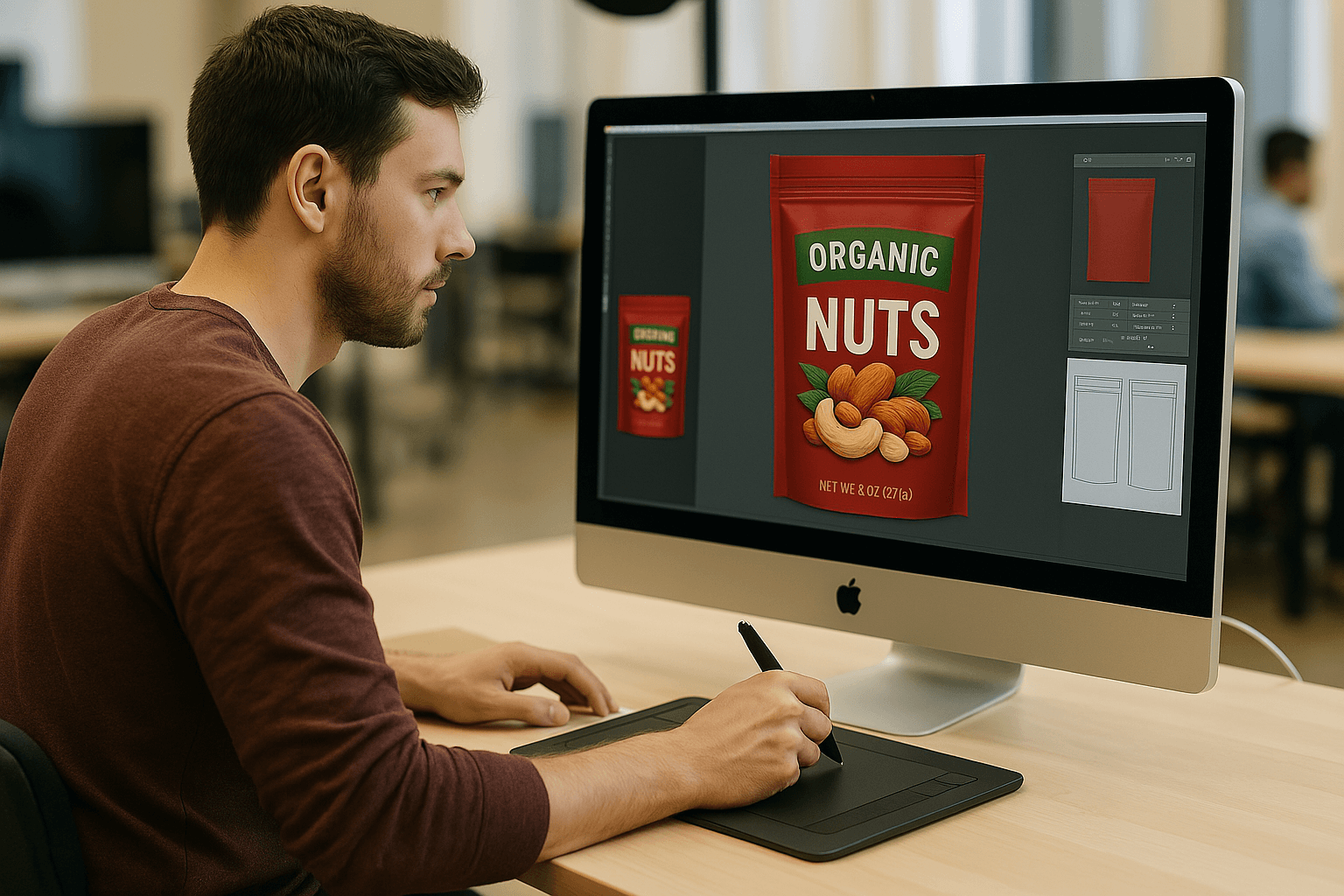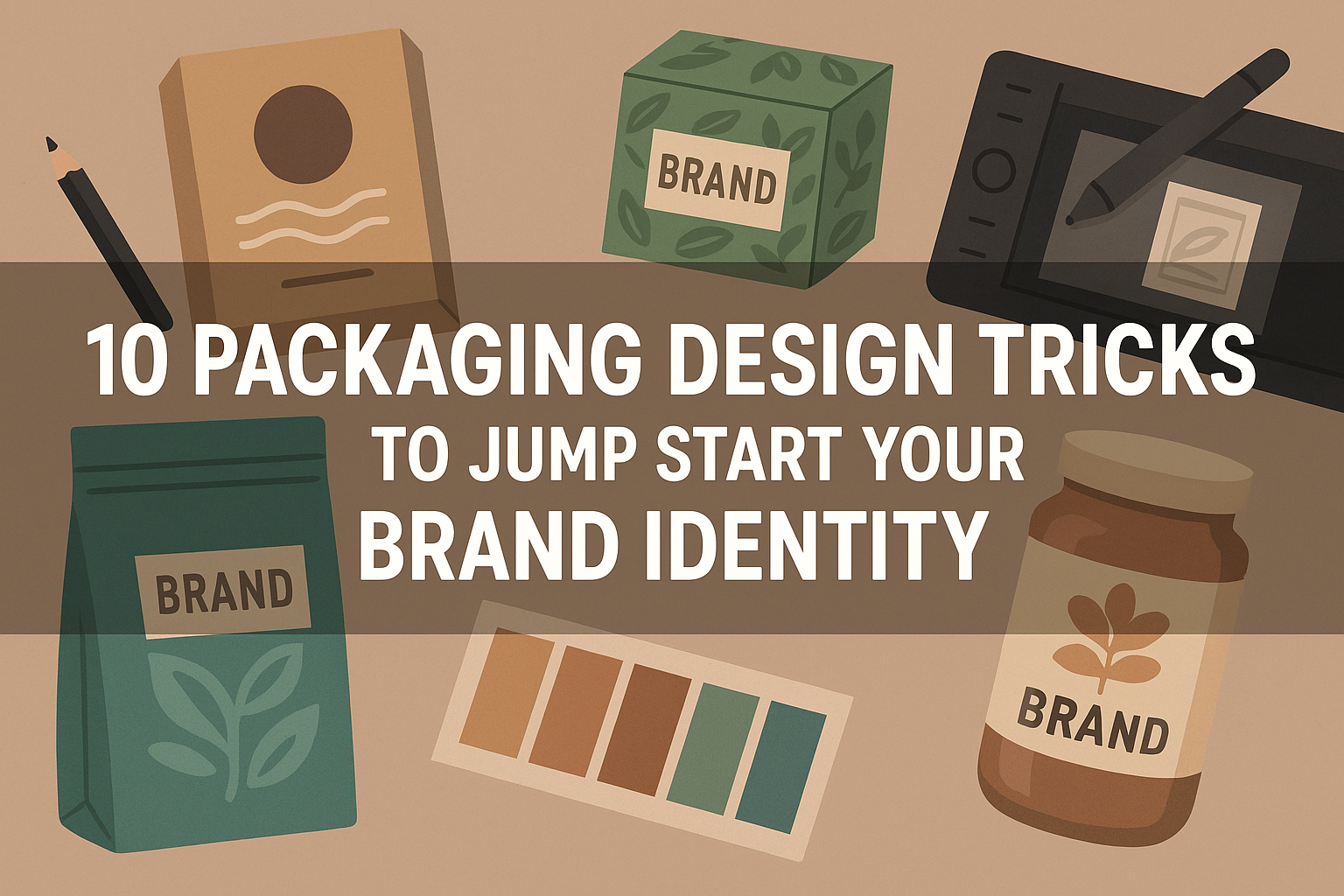Modern businesses rise and fall based on how effectively they capture customer attention. One of the most overlooked ways to do this is through packaging design. When people see your product on a shelf or scroll past it online, the very first impression comes from the box or wrapper. In fact, a 2024 survey by Ipsos showed that 74% of U.S. consumers say packaging design influences their purchasing decisions. That means the way you present your product can make or break a sale before your customer even reads the label.
In this post, we’ll explore why packaging design matters, what goes into making it stand out, and how to apply the top tricks that help shape strong brand identity. You’ll also learn about handy tools and discover some of the leading agencies setting new standards in the field. By the end, you’ll be ready to use these tips to give your brand the boost it deserves.
Why Packaging Design Matters More Than Ever
The global custom packaging market was valued at over 43 billion dollars in 2023 and is on track to reach over 71 billion by 2032. That growth shows companies worldwide understand just how valuable good packaging can be. Even in crowded industries, a cleverly designed package can cut through the noise and help a product look unique. This is especially vital for e-commerce brands that don’t get to interact face-to-face with their customers. The package has to do the talking.
Beyond the monetary gains, packaging design also affects how people feel about your brand. According to a study, 94% of consumers are more likely to stay loyal if your product labeling is clear and honest. When people can trust what they read on the box or bottle, they’ll return for repeat purchases. Good design goes hand in hand with transparency and reliability.

10 Strategies to Get Noticed on the Shelf
Applying the right techniques can help your brand shine, even when it’s surrounded by dozens of competing products. Below are ten tried-and-true strategies that can make an immediate impact:
- Keep It Simple and Clean
Studies show that 92% of clients prefer simple and clean packaging. When shoppers quickly glance at a product, they want it to feel approachable and easy to understand. Overly busy designs can push people away. Clean lines, minimal text, and a clear message work together to create a package that’s instantly appealing. - Showcase Your Brand Colors
Colors help you communicate your brand’s personality at a glance. Bold and bright tones can suggest energy, while muted neutrals might suggest refinement or calm. Whatever your brand stands for—fun, elegance, sustainability—choose a color palette that fits and use it consistently. That way, shoppers begin to associate those colors with your products. - Highlight Eco-Friendly Choices
The sustainable packaging market is projected to hit over 423 billion dollars by 2029, and consumers are increasingly willing to pay extra for products that come in earth-friendly materials. By using recyclable or biodegradable packaging, you signal a commitment to reducing waste. This not only helps the environment but also makes your brand more appealing to a growing eco-conscious market. - Pay Attention to Text and Fonts
The words on your packaging are just as important as any logo or artwork. Clear fonts make it easy to read product names and benefits from a distance. Simple fonts tend to look more modern and professional, while handwritten or decorative fonts can add a playful vibe if that’s what your brand needs. - Use High-Quality Materials
A flimsy box can make your product feel cheap. By contrast, sturdy materials or premium textures can elevate perceived value. When choosing your packaging, balance cost efficiency with a level of quality that reflects your brand’s promise. - Think About Texture
Texture engages the sense of touch. Including embossing, smooth matte finishes, or other tactile details can make your packaging feel special in someone’s hands. These touches might seem small, but they can leave a powerful impression when done right. - Incorporate Clear Branding Elements
A strong brand has a consistent look across all products. Make sure you use the same logo, fonts, and color palette across boxes, bags, and labels. This consistency helps customers recognize your brand instantly, whether they’re shopping in person or online. - Include an Element of Surprise
Surprise can mean a playful message inside the box or a unique shape that stands out in the store aisle. Consumers love novelty, so a clever detail can put a smile on their face and make them more likely to remember (and talk about) your brand. - Offer Transparent Labeling
People like to know exactly what they’re buying, whether it’s the ingredients in a snack or the type of fabric in a shirt. Being open about what’s inside builds trust. This is why 94% of consumers say honest product labeling boosts their loyalty to a brand. - Design with Reusability in Mind
Packaging that’s easy to reuse or repurpose can extend the life of your brand’s message. Reusable tins, jars, or high-quality boxes inspire people to keep them around, reminding them of your brand each time they reuse the container.
By applying these strategies, your packaging does the hard work of catching someone’s attention and leaving a lasting impression.
Essential Tools and Resources for Packaging Design
A few years ago, software for design was limited to only a handful of programs. Now there’s a whole marketplace of tools, many of which are free or moderately priced. These resources help bring packaging concepts to life:

- Figma
Figma offers robust design features and works well for product mockups or smaller design details. You can collaborate in real time with team members, speeding up the decision-making process. - Adobe Illustrator
This classic design tool is still a top choice for vector-based graphics. It’s perfect for creating custom illustrations, logos, and other key elements for your packaging. You can even generate 3D mockups with a bit of practice. - Esko Studio
If you need hyper-realistic 3D renderings, Esko Studio provides the tools for advanced shrink sleeve designs, virtual pack shots, and more. It’s a professional-level tool that can handle the trickier parts of high-end packaging design. - Pacdora
Pacdora stands out for its huge library of dieline templates and 3D previews. It helps ensure you’re working within the right dimensions for your box, bag, or other packaging type. That way, you can catch sizing issues before they become a problem. - Canva
Well-known for social media graphics, Canva also supports packaging design tasks for simple projects. With straightforward drag-and-drop features, it’s user-friendly for beginners who want to create professional-looking layouts without a steep learning curve.
Industry Leaders Driving Innovation in Packaging Design
While tools and strategies are important, sometimes you need outside expertise to really push boundaries. Here are a few agencies and companies setting new standards:
- Zenpack: Known for blending creativity with sustainable solutions, Zenpack focuses on custom designs that align with a brand’s story.
- Slice Design: Based in London, Slice Design offers branding and packaging services, with a special knack for pharmaceutical packaging.
- SmashBrand: They use consumer testing alongside their creative process to craft packaging that stands out in competitive retail spaces.
- Design Womb: A full-service agency specializing in consumer packaged goods, it helps bridge the gap between strategic branding and eye-catching design.
- Marketing By Design: This firm excels at helping brands get their product to market by designing packaging that clicks with target audiences.
These leaders stay ahead of trends and can offer you deep insights about color usage, sustainability, and innovative shapes or textures. Working with a top-tier agency or studying their approaches can spark fresh ideas and refine your own process.
Conclusion: Ignite Your Brand Identity Today
When you combine strategy with creativity, your packaging becomes more than just a container—it becomes part of the product experience. Packaging design can instantly communicate what your brand is all about, show customers why you’re different, and encourage them to become loyal fans. As the sustainable packaging market continues to grow and customers show a willingness to spend extra for eco-friendly options, there’s never been a better time to invest in thoughtful, well-planned packaging.
Whether you decide to craft these elements yourself or team up with an agency, the important thing is to place clear focus on what matters most to your audience. By using the 10 tricks discussed, along with a few powerful tools, you can launch a memorable look that stands out in any market. With smart packaging design, you’ll keep customers coming back, build lasting brand loyalty, and make a positive impression right from the very first glance.
